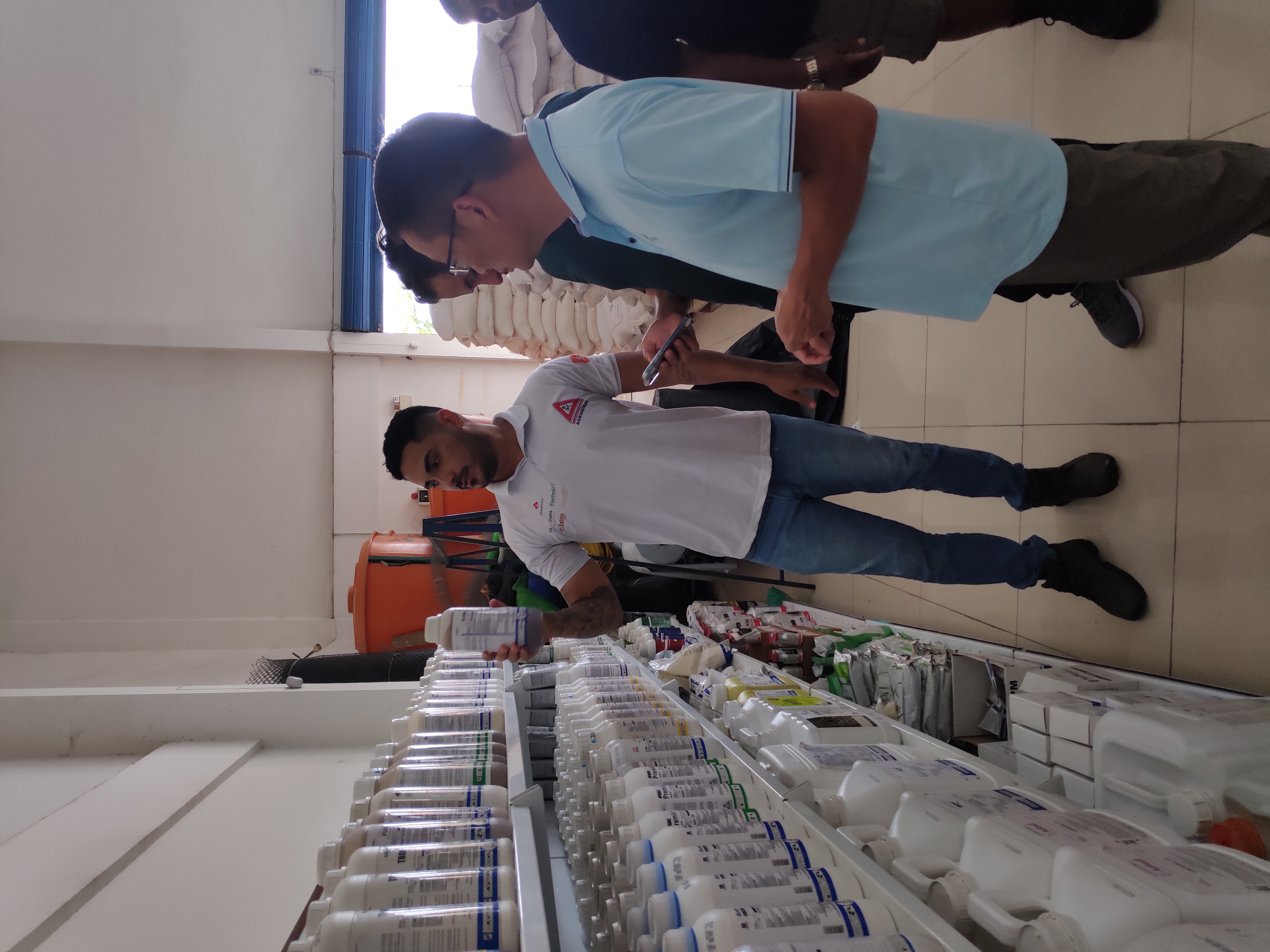Brazil is one of the world's largest consumers of pesticides. In the first three quarters of 2024, the area treated with pesticides reached 1 billion hectares, an increase of 10.9% year-on-year, but the market value fell by 4.7% year-on-year to US$11 billion due to price factors. The increase in pesticide use is mainly affected by the increased pest and disease pressure of major crops such as soybeans, corn and cotton, of which soybeans account for 35% of pesticide use, corn accounts for 27%, and cotton accounts for 12%. Herbicides are still the dominant category (45%), followed by insecticides (26%) and fungicides (20%).
As a market comparable in scale to China, Brazil has long been a key target for Chinese pesticide companies. During Kenvos' visit to a small northern border town, few Chinese brands were observed; the market is mainly dominated by multinational giants such as Bayer, Syngenta, and BASF, which together account for more than 60% of the market share. Although the area visited was small and not representative of the entire country, some valuable insights were gained:
1. Old ingredients and new ingredients coexist, and FMC is also selling Carbofuran SC, which is different from the high-end market we imagined before;
2. Conventional active ingredients remain highly effective and in demand. Imidacloprid, thiamethoxam, and chlorantraniliprole are still major insecticidal compounds. These ingredients are areas of strength for many Chinese companies, yet we did not observe corresponding Chinese products in the local market.
Brazil's pesticide market is in a stage of rapid development. In the coming years, with growing agricultural demand and ongoing modernization, the market is expected to maintain strong growth momentum. For pesticide companies, closely monitoring market demand trends, improving product technical content, and emphasizing environmental protection and sustainability will be key strategies for gaining a competitive edge.
If Kenvos wants to expand into the Brazilian market in the future, it needs to learn more about the actual local situation, otherwise it may make wrong market judgments due to information asymmetry.

